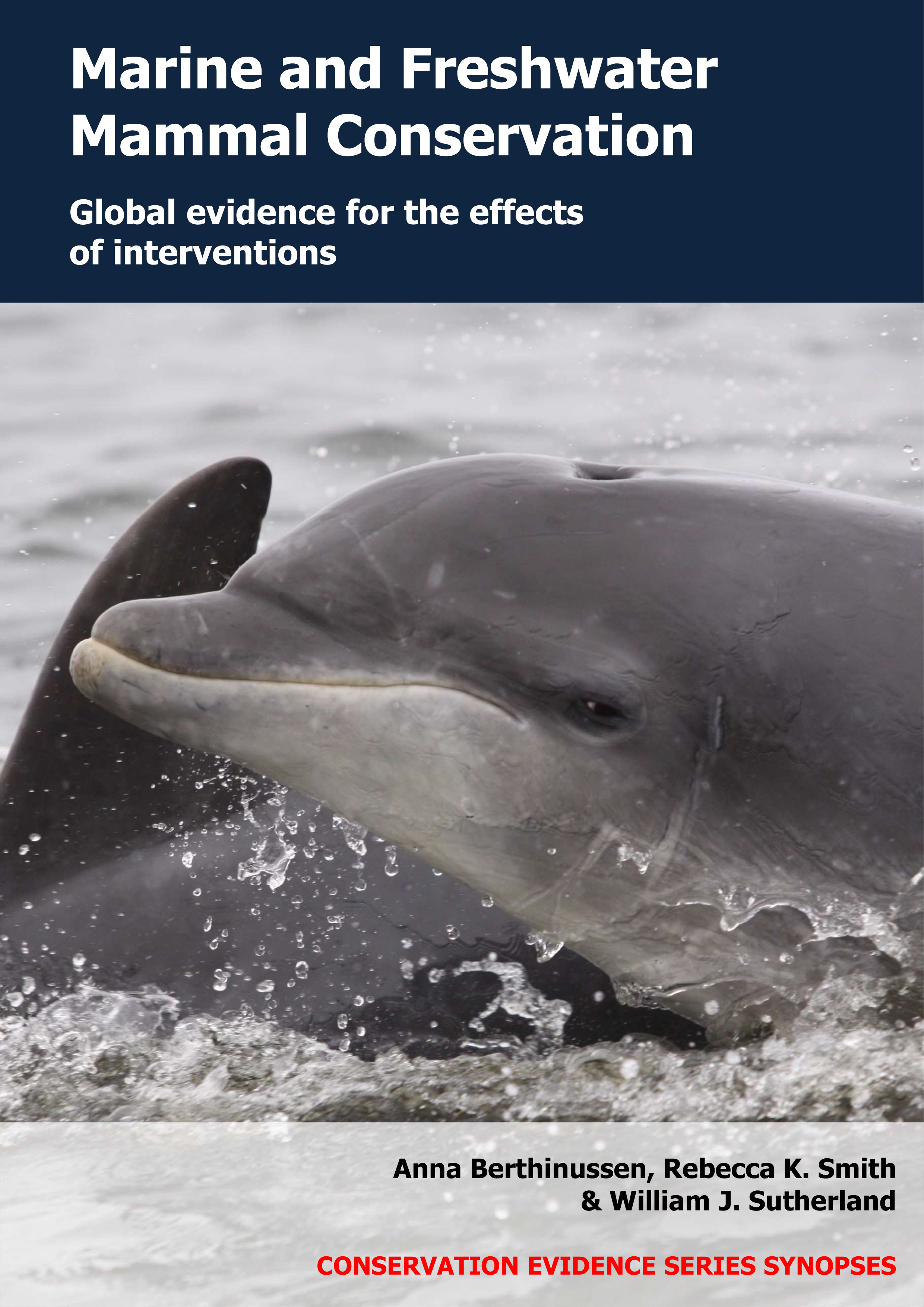Install barriers at wild fisheries
-
Overall effectiveness category Unknown effectiveness (limited evidence)
-
Number of studies: 1
View assessment score
Hide assessment score
How is the evidence assessed?
-
Effectiveness
0% -
Certainty
20% -
Harms
0%
Study locations
Supporting evidence from individual studies
A controlled study in 1996 at a site in the Puntledge River, British Columbia, Canada (Yurk & Trites 2000) found that installing a ‘cork line’ barrier did not reduce the number of harbour seals Phoca vitulina feeding on migrating juvenile salmon Oncorhynchus spp. under a bridge. Results are not based on assessments of statistical significance. Average numbers of seals feeding on juvenile salmon under the bridge were similar with a ‘cork line’ barrier installed (2–3 seals/30 minutes) and without (2 seals/30 minutes). Seals were observed ‘playing’ with the barrier. In April 1996, a ‘cork line’ (a 60-m rope with cork floats attached at 1 m intervals) was strung across a river below a bridge for an average of 3 h during each of two nights. Juvenile salmon were released from a hatchery. Two observers counted seals feeding on salmon using a red-filtered spotlight every 30 minutes from 2100–0300 h during each of two nights with the barrier and one randomly selected night without.
Study and other actions tested
Where has this evidence come from?
List of journals searched by synopsis
All the journals searched for all synopses
This Action forms part of the Action Synopsis:
Marine and Freshwater Mammal Conservation
Marine and Freshwater Mammal Conservation - Published 2021
Marine and Freshwater Mammal Synopsis





)_2023.JPG)














